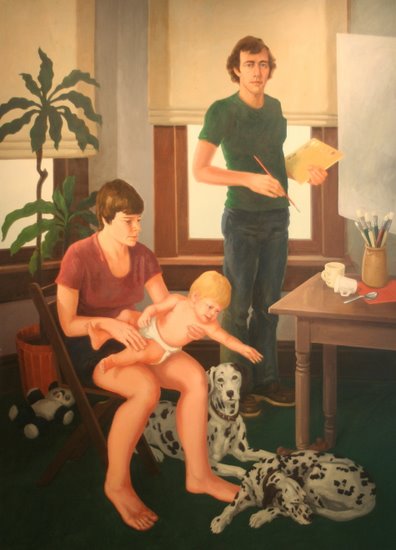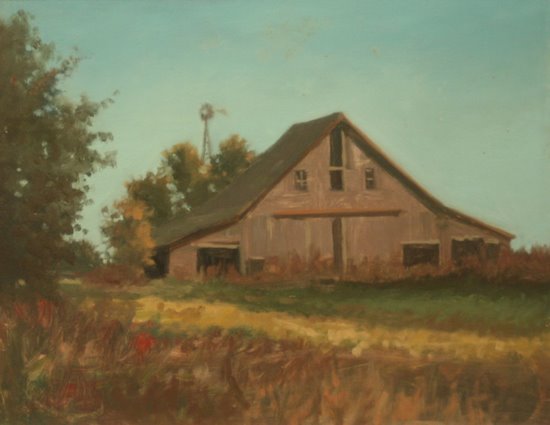
There is no doubt that Jim Konrad was a brilliant technician.
"He knew more about the nature of artist materials than any other artist in the Quad Cities," said Sherry Maurer, director of the Augustana College Art Museum.
"He was very serious about technique," said his wife Cathy. "And they [his artworks] all have superb technique - color form, composition, things like that." She called him an "artist's artist."
Peter Xiao, a teaching colleague of Konrad's at Augustana for more than two decades, said the artist's work is "perfectly balanced" in terms of color - the dark and light, the chromatic scheme.
The Figge Art Museum, in its description of two Konrad works in its collection, notes his "meticulous craftsmanship and expertise in painting methods and materials."
And in an interview with Bruce Carter earlier this year for the WVIK program Art Talks, Konrad (whom I never met) called himself a teacher of fundamentals. "The more you understand about how to use your materials and how to do it, the more it frees you to be an artist," he said.

Konrad's technical acumen is plainly evident in the Augustana College Art Museum's current memorial exhibit, celebrating the artist and faculty member who died in May at age 67.
For just one admittedly minor illustration, look at how he painted masking tape in a number of pieces. As Maurer said, "Sometimes ... we've had big debates as to whether it's real tape or not."
But praising somebody's proficiency - even one as fine-tuned as Konrad's - can be a backhanded compliment. And the body of work on display at Augustana College shows an artist fluent in many forms of expression who explored the world in rich and sometimes discomforting ways.